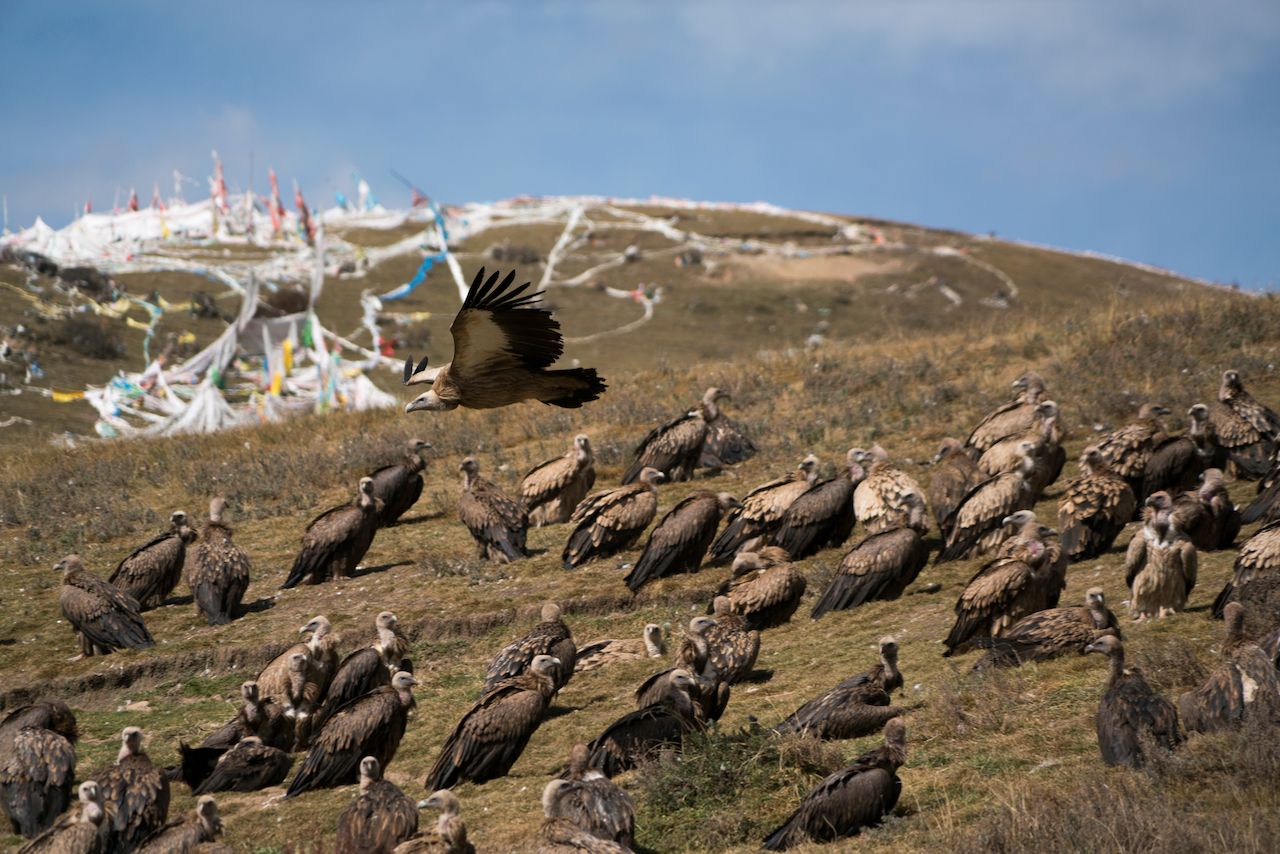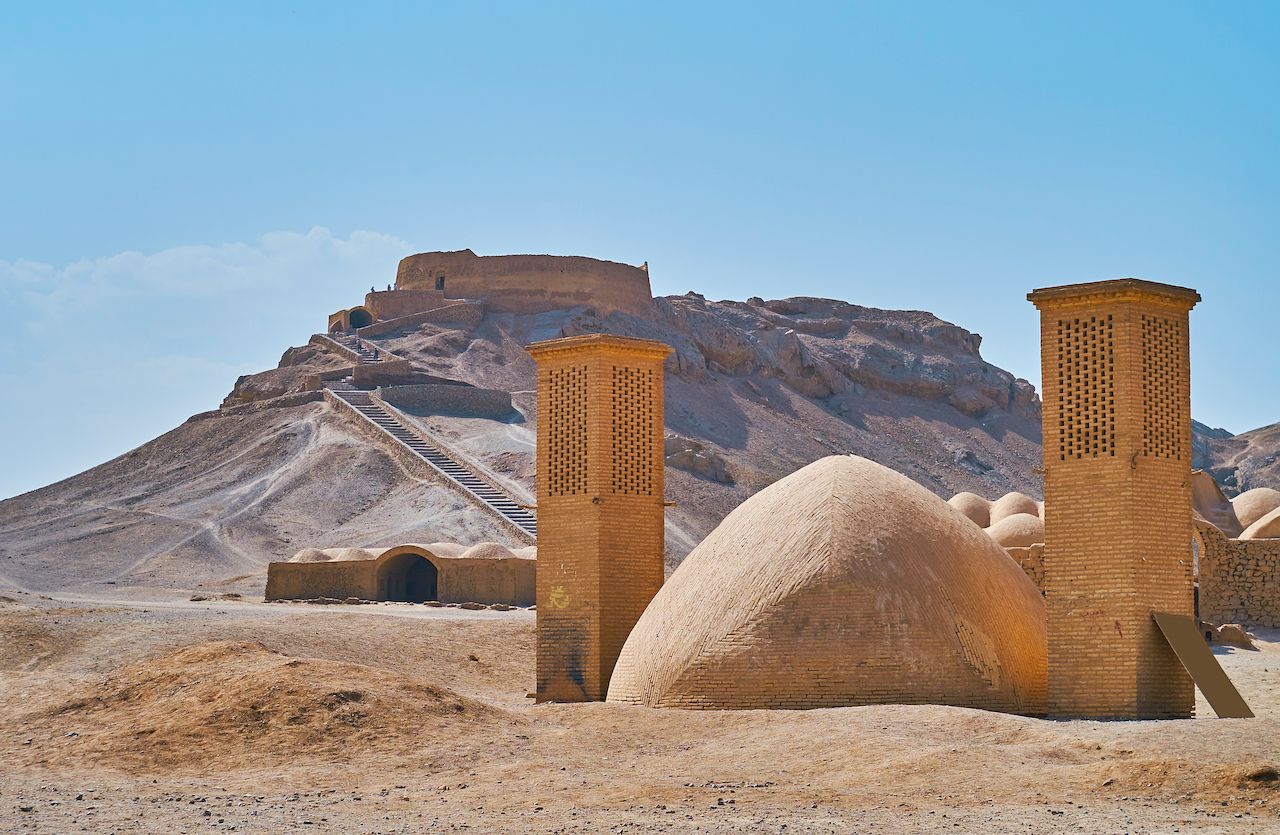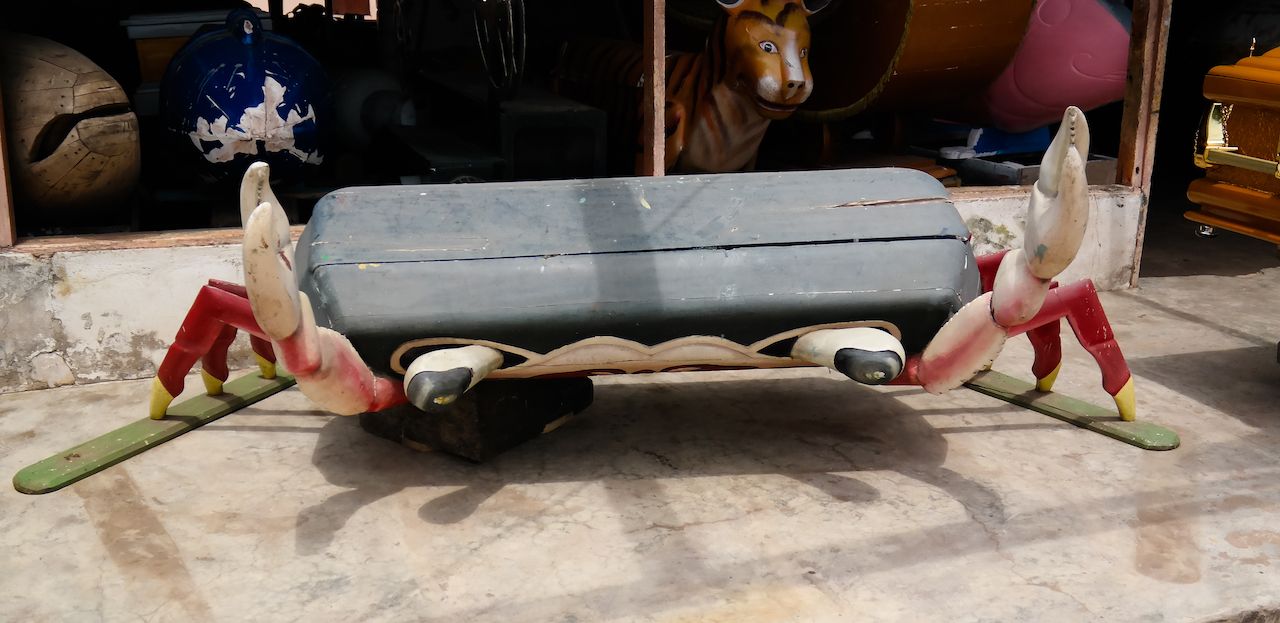Death is one of the common denominators of the human race, but the ways that we respond to it are vastly different.
Four thousand years ago, the early Dilmun civilization buried their dead in thousands of low, cylindrical towers, the remnants of which can still be seen dotting the landscape of Bahrain to this day. The Mayans would bury the deceased with corn in their mouths to feed their souls during their journey to the afterlife. And the Chachapoya people of modern-day Peru placed corpses in a purunmachu — a sarcophagus made from clay — which was then balanced on the ledge of a high cliff face, standing sentinel over their ancestral lands.
We don’t have to turn to the history books to uncover unbelievably diverse examples of burial practices. Many have endured for centuries and are still common today; others are relatively new traditions, shaped by environmental challenges. Here are nine of the most fascinating and intriguing ways cultures around the world handle death.








